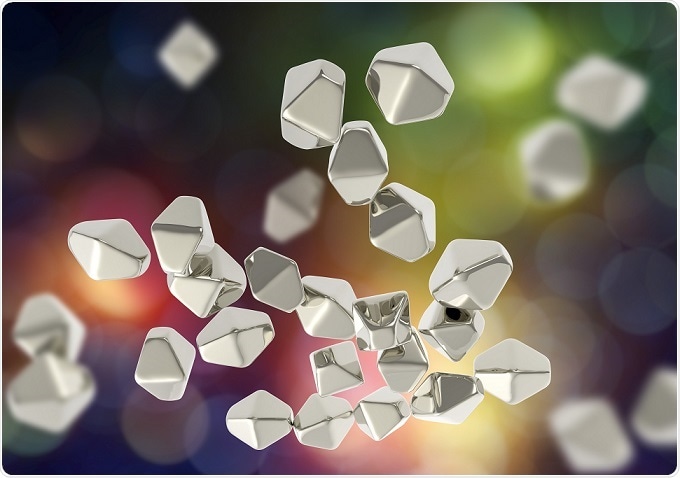Using Nanomechanical Testing to Understand the Mechanical Efficiency of Biomaterials
Why are you interested in the mechanical properties of biological materials?
Biological materials exhibit superior mechanical properties relative to their weight when compared to the majority of all man-made materials. In addition to this, organisms can construct these materials using a very limited palette. The exceptional properties of biological materials are a result of intricate architectures that have nanoscale features. We, as scientists, would like to understand these structures and reproduce these materials.
What techniques do you use alongside nanoindentation?
For mechanical analysis, we mostly use nanoindentation alongside a range of other techniques, which are also possible using a Hysitron system. We also perform experiments using the mapping and dynamic mechanical analysis. We have also been using the recently introduced environmental control stage, which allows us to perform nanomechanical tests under a controlled environment, which is extremely important for biological tissue. Biological tissue should be tested in an environment similar to its natural habitat, it does not make sense to test its performance when it is embedded in plastic and dried out.
For this reason, we perform many characterizations under a controlled environment, with specific attention to relative humidity. Additionally, many of the structures are extremely small which is why we use mapping techniques.
How are you using nanomechanical testing to study biological materials?
The most basic form of materials nano-characterisation is based on the measurement of the material’s Young’s modulus and hardness. This is not enough for biological materials, as a large function of their behaviour is based on viscoelasticity.
Visoelastic responses can’t be measured using a static technique, which is where the dynamic analyses that we use come in useful.
Have you been doing any studies on the formation of tissue?
This is another aspect of my lab. We focus both on the nanomechanical characterization of biological structures and also on the study of biomineralization. Here, we are trying to understand how living tissue can form mineralized architectures.
How do you expect this research to impact the field of biomimetics?
I am mostly involved in fundamental research, determining how biological materials behave and how they are created, as opposed to creating the materials themselves. However, fundamental research has a big impact.
Biomimetics is an extremely multi-disciplinary field. It involves drawing together knowledge from chemistry, biology, materials science and physics. In order to develop an understanding of how hard, biological tissue is formed, all of these fields need to be considered. The biology of the cells that form the structure, the chemistry of the mineralisation reactions, and the mechanical properties of the resulting structure all need to be known.
Biomimetics is a bridge between materials science and bio-engineering, and knowledge flows in both directions. State-of-the-art techniques from materials science are used to understand how biological structures are formed and how they perform, and then this information is applied into the design of synthetic materials.
Are we close to creating biomimetic structures with similar properties to the ones that we see in the real world?
This is a difficult question to answer. We can already create, in some ways, similar structures but we cannot make them economically. It is expensive and requires a lot of effort.
Conversely, in the natural world, a shell structure can be formed without having to apply any pressure, and at ambient temperature. We still don’t know exactly how this is achieved by nature, but we do know that it uses a ‘bottom-up’ approach, which means the shell is built from scratch.
We can form synthetic shell-like materials but we have to take a different approach that involves a lot of expensive technology, and the material is not produced in a large scale. So, whilst we can produce truly biomimetic structures, we cannot yet make them at the scale that nature does so effortlessly, which is prohibitively expensive
What equipment do you use in your research?
We use the Hysitron TI-950 system in our lab, this also has the dynamic analysis add-on, which allows us to make the mapping tests. We have a humidity chamber so we can control humidity and temperature during our measurements. In addition, we also have the PicoIndenter-85. Those are the main toys we play around with.
The humidity chamber in particular was crucial for our research as, when testing biological materials, it’s important to stay at biologically relevant conditions. We developed the humidity chamber with Hysitron four years ago. I was working in Potsdam, when we had the idea of constructing the chamber and contacted Hysitron. We did the first experiment on the proto-type, which was successful, and the machine became commercially available two years later.




